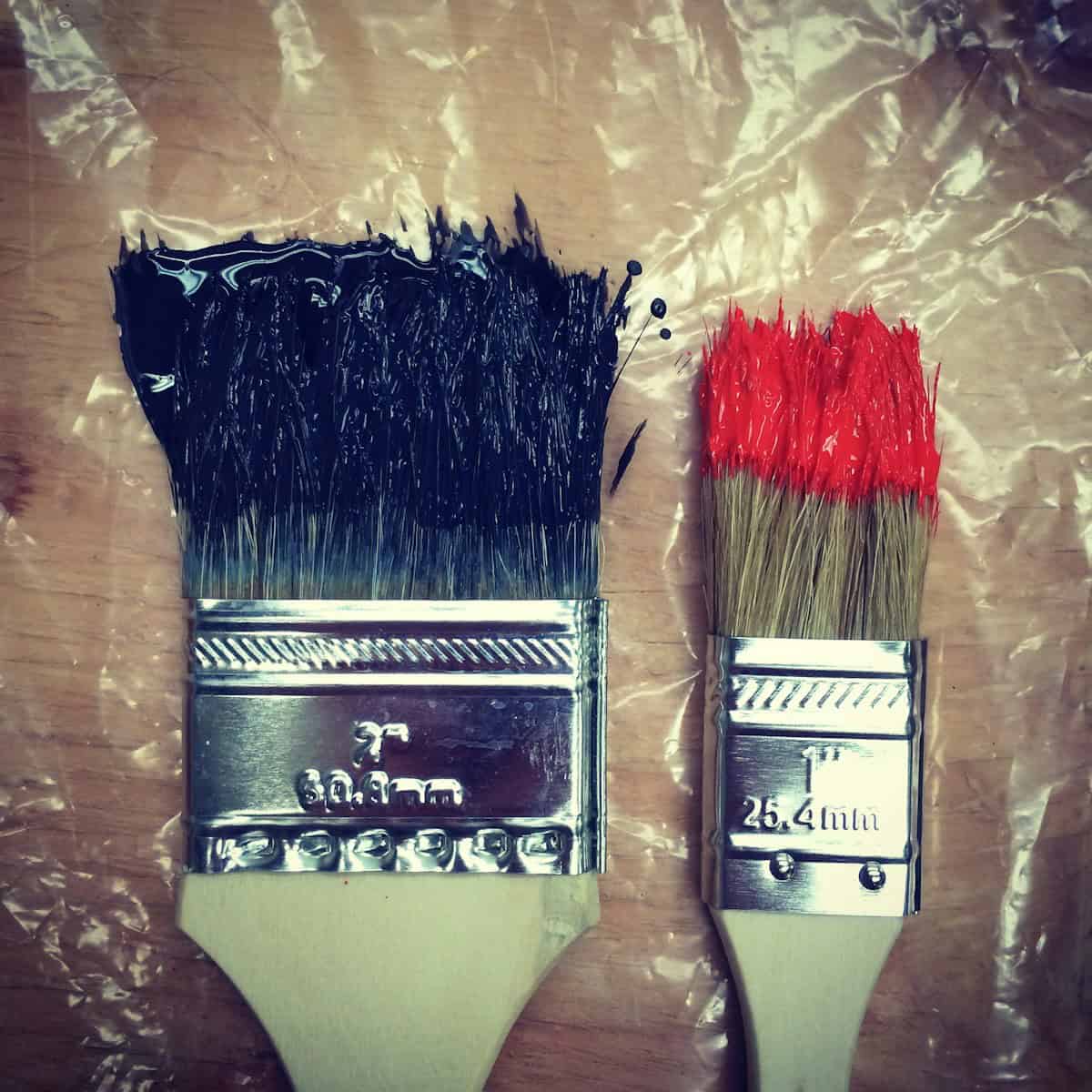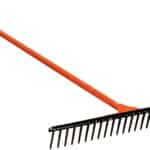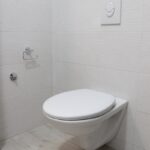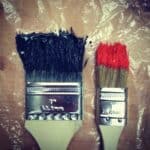Choosing the right paint brush material is key to getting a smooth finish on any project. For most painting tasks, synthetic bristles work best because they hold their shape and don’t absorb water. This makes them excellent for water-based paints and they are easier to clean. On the other hand, natural bristles are ideal for oil-based paints because they provide a smooth, even coat.
When considering brush quality, it’s smart to invest in a high-quality brush. These brushes have finer bristles which help avoid brush strokes and deliver a better finish. Moreover, they last longer and are less likely to shed bristles during painting, which saves time and frustration.
Different projects need different brushes. For detailed work like trim or small areas, a thin brush around 1 to 2 inches wide is ideal. For large flat surfaces like walls or doors, a wider brush from 3 to 4 inches is more efficient. Choosing the right brush and bristle type makes a big difference in how the paint job turns out.
Understanding Brush Materials and Types
Choosing the right paintbrush can greatly affect the quality of your painting. The type of bristles and brush shape you choose will depend on the type of paint and the surface you’re working on.
Natural Bristle Brushes
Natural bristle brushes are made from animal hair, like hog or ox. They work best for oil-based paints, varnish, polyurethane, and shellac. The bristles are durable and can hold a lot of paint. White China bristle brushes are a popular choice because they provide a smooth finish. They are not suitable for water-based paints as they absorb water and can become limp.
Pros:
- Holds a lot of paint
- Smooth finish
Cons:
- Not for water-based paints
- Can get ruined if not cleaned properly
Synthetic Bristle Brushes
Synthetic bristle brushes use materials like nylon or polyester. These brushes are great for water-based paints like latex or acrylic. Nylon brushes are strong and maintain their shape. Polyester brushes give a smooth finish. Some brushes mix nylon and polyester to combine the best features of both. Chinex brushes are a type of nylon brush that works well for water-based paints and cleans up easily.
Pros:
- Good with water-based paints
- Easy to clean
Cons:
- Not as durable as natural bristles
Brush Shape and Size
Brush shape and size matter a lot for specific tasks.
Flat brushes cover large areas smoothly. Angled brushes are great for cutting in corners and edges. Sash brushes also help with tight spaces. Round brushes are good for detail work. The width of the brush, like a 1.5-inch or 2.5-inch, will depend on the size of the area you’re painting.
Common Brush Shapes:
- Flat
- Angled
- Sash
- Round
Common Brush Sizes:
- 1.5-inch: Good for trim
- 2.5-inch: Good for wider surfaces
Choosing the right brush shape and size makes the job easier and ensures a better finish.
Selecting the Right Brush for Your Project
Picking the best paintbrush depends on the material, surface, and type of paint. The quality of the brush affects the finish and ease of use.
Brushes for Different Surfaces
Paintbrushes vary based on the surface they will be used on. For smooth surfaces like doors, walls, and ceilings, use a brush with short, soft bristles. These hold more paint and release it smoothly, giving a fine finish.
For textured surfaces like stucco or siding, use brushes with longer, stiffer bristles. These can reach into small crevices and cover the surface evenly. Look for brushes labeled for textured surfaces to get the best results.
When painting trim, baseboards, or frames, choose a smaller, angled brush. This gives more control for detailed work and cutting in neatly along edges.
Paint Type and Brush Selection
The type of paint determines the best brush. Latex paint works well with synthetic bristles. These brushes clean easily with water and hold their shape.
Oil-based paints and varnishes need natural bristle brushes. They spread the paint evenly and create a smooth, glossy finish. Natural bristles can break down in water, so use paint thinner for cleaning.
High-quality brushes can be used for both oil-based and latex paints. Invest in a good set of brushes, so they do not lose bristles or fall apart.
Brush Features for Quality Results
A high-quality brush has several key features. First, the bristles should be securely attached to the handle with a strong ferrule. Look for rust-resistant ferrules as well.
The handle should fit comfortably in the hand. Longer handles are good for reach, while shorter handles give more control.
Check the tips of the bristles. They should be split or “flagged” to hold more paint and ensure even application. This makes a big difference in the finish quality.
Durability matters too. A good brush should last through many projects without bristles wearing out or becoming misshapen. Look for brushes labeled “professional” or “high quality” to get the best results.
Choosing the right paintbrush ensures smoother finishes and easier painting. Quality brushes save time and effort while giving a professional look to any project.
Frequently Asked Questions
This section addresses common concerns when choosing the right paint brush material for different painting tasks. It provides specific guidance to help make informed choices.
What factors should be considered when choosing a paint brush for cabinets?
When painting cabinets, a brush with synthetic bristles is often recommended. These bristles provide a smooth finish and are easy to clean. A brush width of 1-2 inches works well for detailed cabinet work since it offers good control and coverage.
Should I use a stiff or medium-stiff brush for my painting project?
The choice between a stiff and medium-stiff brush depends on the surface. For rough surfaces like brick or concrete, a stiff brush is best. For smooth surfaces like drywall or wood, a medium-stiff brush provides better control and a smoother finish.
What are the characteristics of paint brushes suitable for wall applications?
For painting walls, choose a brush with a 3-4 inch width. Synthetic bristles are suitable for latex paints. Angled brushes help with cutting in edges and corners. Brushes with a thicker nap cover more area and hold more paint, making the job quicker.
What are the recommended paint brushes for professional level painting?
Professional painters often prefer high-quality synthetic brushes. These brushes maintain their shape, provide a smooth finish, and are easy to clean. Widely used brands include Purdy and Wooster. Important attributes include a comfortable handle and bristle durability.
How can one determine the ideal stiffness of a paint brush for painting trim?
For painting trim, a medium-stiff brush is ideal. It offers the right balance of control and flexibility. A brush with a width of 1-2 inches works well for trim, providing the precision needed to achieve clean lines without too much effort.
What attributes define a high-quality paint brush for a smooth finish?
A high-quality brush will have evenly cut bristles, secured tightly to the handle. The handle should be comfortable to grip. Look for brushes with flagged tips which help to create a smooth finish. Synthetic bristles are preferred for their durability and ease of cleaning.







